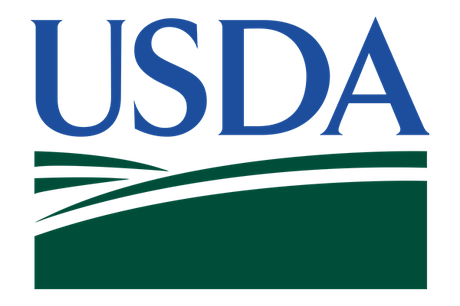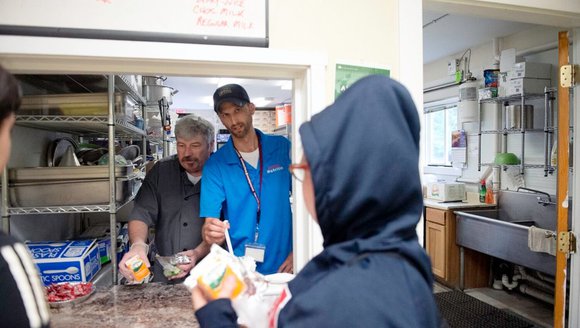Improving Seafood Quality
Putting Gulf of Maine fishermen in position to compete with global markets.
Competing in a massive global seafood marketplace, one in which the US imports roughly 90% of the seafood we eat, is a huge challenge facing local fishermen. Compared to larger regions like Alaska or northern Europe, we cannot always achieve the quantities seen on the global stage here in the Gulf of Maine. This means that our best opportunity for a strong seafood economy in our region is to compete on quality. We believe there is great potential to improve the value of our seafood – and the livelihoods of fishing families – by reaching premium quality levels.
Project Goals:
- Update practices and equipment for quality handling at every step of the local seafood supply chain.
- Provide education and training opportunities about how to achieve premium seafood quality.
- Bring seafood supply chain stakeholders together to collectively improve seafood quality and the value of seafood in our region.
A grant from the USDA’s Local Food Promotion Program makes it possible for our seafood team to improve the quality of and market opportunities for New England finfish. Our goal is to implement a suite of region-wide quality handling improvements to boost the market demand and value for seafood harvested by New England fishermen. This project will increase local access to and consumption of local seafood, as well as giving local fishermen an opportunity to capture more value for their catches. In alignment with the goals of the USDA Local Food Promotion Program (LFPP), this project will facilitate coordination and collaboration across the seafood value chain to improve quality handling, food safety, and waste reduction.
GMRI will partner with a key aggregator in the region to improve handling and develop best practices at the processing level of the supply chain. We will improve the availability and access to ice for fishing vessels in four New England ports, a critical and basic issue that impacts quality and safety. And finally, we will bring together fishermen, processors, and buyers in a series of workshops to increase awareness and understanding of a range of quality and waste reduction issues to collaborate towards meeting region-wide standards. These improvements are critical for our region’s seafood industry to grow and compete with high quality imported seafood, which is currently the largest barrier to market access for much of the finfish harvested in New England’s waters.

The Barriers Preventing New England’s Finfish from Entering the Market and How to Overcome Them
Through a series of interviews and meetings with fishermen, processors, and buyers from around New England, we were able to identify that quality improvement and marketplace competition were major challenges. For more results from those interviews, please download the report below.
We learned from the report above that there was a need for more guidance on the complex regulations and permits necessary for fishermen or sea farmers interested in capturing more value by selling their product directly to consumers or directly to restaurants, retailers, or other buyers.
We developed two guides designed to help fishermen or sea farmers navigate the permitting processes in Maine and Massachusetts:
Read More
-
![New seafood options in Auburn schools make a splash]()
New seafood options in Auburn schools make a splash
The Auburn school district is one of seven in New England recognized with the Gulf of Maine research institute's inaugural Local Seafood Spirit Award for …
Press Clips
-
![A Year of Seafood Impact]()
A Year of Seafood Impact
Sustainable Seafood. Years ago, those words were considered a passing fad. Today, they are a business imperative. Successful seafood businesses depend on healthy fisheries and …
Perspectives
-
![Five Steps To Support Local Seafood]()
Five Steps To Support Local Seafood
Here are five simple steps you can take to support the people and businesses who work so hard to provide us with delicious local seafood.
Perspectives
-
![Five Reasons to Eat Gulf of Maine Seafood]()
Five Reasons to Eat Gulf of Maine Seafood
We have an abundance of delicious, healthy seafood in the Gulf of Maine. Read on to see why you should feel good about eating seafood …
Perspectives




